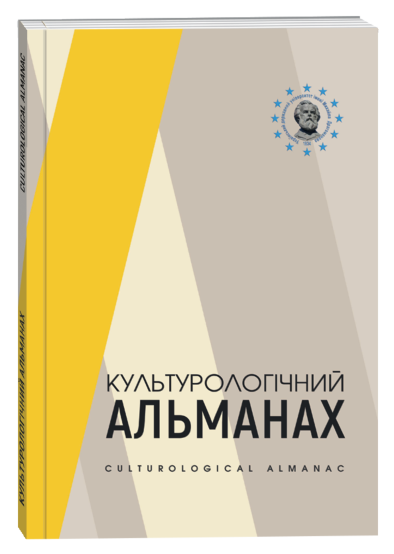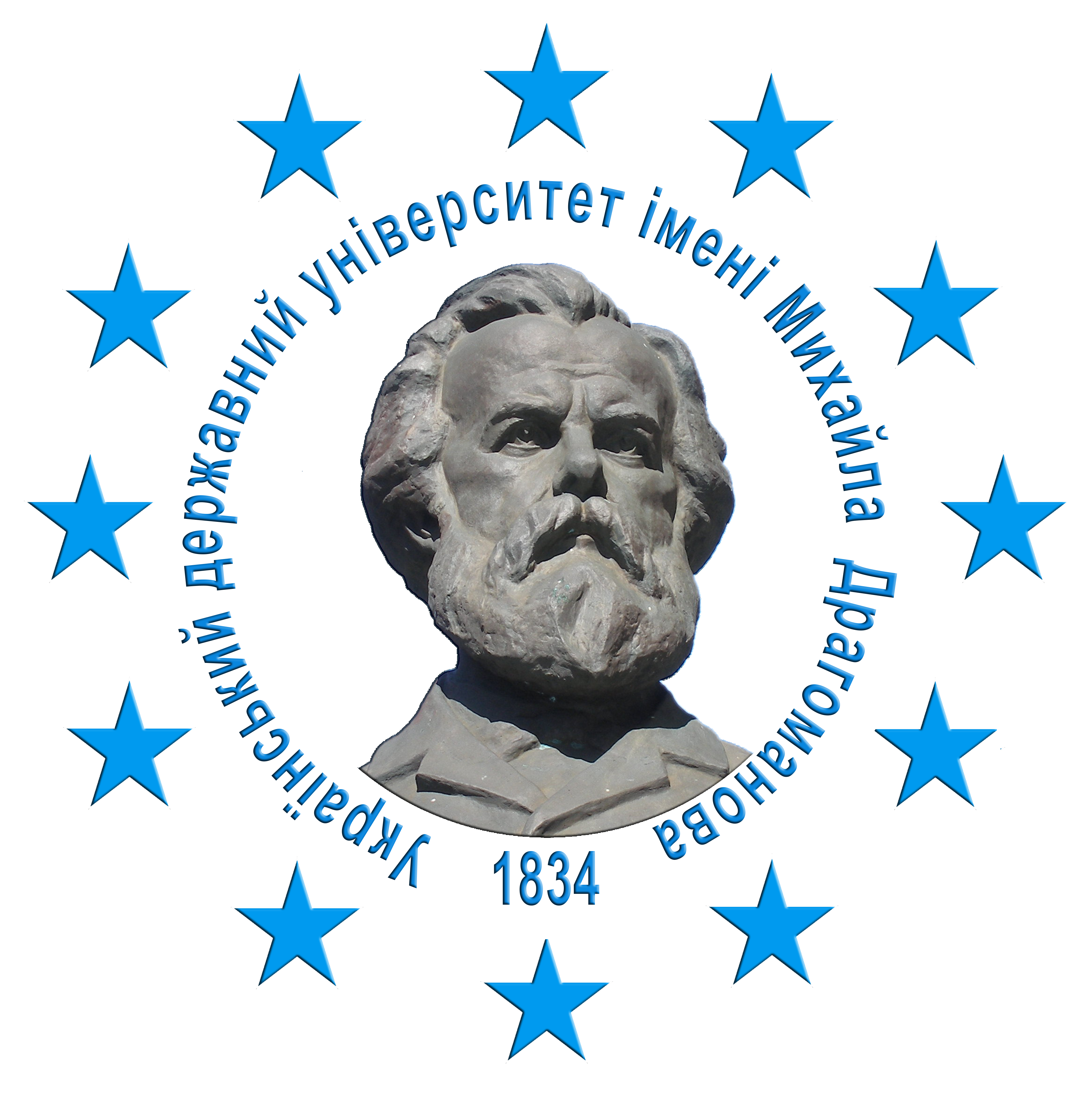MONUMENTS OF VIELBAR CULTURE IN THE RIVNE REGION. PROBLEMS OF HISTORICAL INTERPRETATION
DOI:
https://doi.org/10.31392/cult.alm.2025.1.14Keywords:
Velbar culture, Rivne region, Goths, Roman Empire, denariusAbstract
The Russian-Ukrainian war has made significant adjustments to the lives of Ukrainian scholars and museum institutions, adjusted the educational process in educational institutions and, of course, the work of archaeological expeditions. Each of us is faced with the task of preserving the heritage of the Ukrainian nation and presenting the history of Ukraine to the world community with dignity, protecting it from falsification and distortion, despite external threats. First of all, it is necessary to protect the heritage of the Ukrainian people from destruction/destruction under air strikes/artillery fire and banal looting by the latest vandals-racists not only of museum collections, but also of fortifications in the war zones that reveal new archaeological finds to the world.The problem of the history of relations between the Roman Empire and barbarian tribal associations of Southeastern Europe has been the subject of many studies in both domestic and foreign historiography. A wide range of archaeological finds, represented by Roman-made objects ranging from coins to religious trinkets, continues to be the object of study and discussion.Often, source material stored in museum collections is still waiting for its researcher, especially given the change in concepts and the need to move away from the Soviet narrative. The problem of studying the ways in which Roman objects appeared in the cultural layer of Velbar settlements in the Rivne region deserves special attention. A comprehensive analysis of the source material available in the Rivne Regional Museum of Local Lore will provide grounds for making adjustments to the understanding of the relationship between the Roman Empire and Gothic settlements, and for reassessing the practices of relationship/cooperation in the political, economic, and cultural fields.The purpose of this study is to process and present to the general public the numismatic and material material of the historical period that accompanies the processes of formation of the Velbar culture in the Rivne region; to analyze the sources and chronology of their receipt; the possibilities of using them in everyday life and the emergence of the formation of new customs/traditions/beliefs of the Goths.
References
Дмитренко, В. В., & Відейко, М. Ю. (2019). Історія грошей. Харків : Фоліо. 123 с.
Гулько, Г., Кричевський, О., Охріменко, Г., Скляренко, Н., & Локайчук, С. (2019). Скарби та рідкісні монети з теренів Північно-Західної України : монографія. Луцьк : Вежа-Друк, 292 c.
Козак, Д., Прищепа, Б., & Шкоропад В. (2004). Давні землероби Волині (пам’ятки археології на Хрінницькому водоймищі). Київ : Інститут археології НАН України. 235 с.
Козак, Д. Н. (1995). Культурно-історична інтерпретація скарбів Волині рубежу IV–V століть. Археологія, 4, 50–56.
Козак, Д. Н. (2006). Божество Серапіс із поселення готів на Волині. Археологія, 3, 60–65.
Козак, Д. Н. (2010). Капище готів на Волині. Археологія, 3, 34–47.
Козак, Д. Н. (2012). Поселення неврів, слов’ян та германців на Стирі. Київ : Інститут археології НАН України. 264 с.
Козак, Д. Н. (2016). Хрінники (Шанків Яр) – пам’ятка давньої історії Волині. Дослідження 2010–2014 рр. Київ : Інститут археології НАН України. 118 с.
Кучинко, М. М., & Охріменко, Г. В., & Златогорський, О. Є. (2017). Археологічні пам’ятки Волинської області (матеріали до «Зводу пам’яток історії та культури України. Волинська область»). Луцьк : Вежа-Друк. 710 с.
Магомедов, Б. В., & Петраускас, О. В. (2024). Пам’ятки черняхівської і вельбарської культур Волинської, Житомирської та Рівненської областей. Київ : Інститут археології НАН України. 168 с.
Озимчук, О. Б. (2019). Ранок Середньовіччя. Історія Західної Європи V-XI століть в термінах, іменах та назвах. Рівне : О. Зень. 383 с.
Озимчук, О. Б. (2023). Аналіз впливу римських ветеранів на суспільство в період Імперії. Актуальні проблеми вітчизняної та всесвітньої історії: Збірник наукових праць Рівненського державного гуманітарного університету, 35, 45–52.
Онищук, Я. І. (2018). Населення Західної Волині та Західного Поділля у першій половині I тис. н. е.: культурно-історичний аспект. Львів : ЛНУ ім. І. Франка. 567 с.
Панікарський, А., & Володарець-Урбанович, Я. (2024). Хрінники – поселення готів на Волині. Відділу археології ранніх слов’ян – 50! Факти, люди, дослідження. Київ : ІА НАН України, с. 130–141.
Петраускас, О. В., Панікарський, А. В., Милашевський, О. С., Діденко, С. В., & Сергеєва, М. С. (2016). Матеріали археологічних досліджень об’єкту з вельбарської культури на поселенні Хрінники 1. Археологічні дослідження в Україні 2015. Київ : Стародавній Світ. 160–164.
Потильчак, О. В. (2024). Класифікація та типологія монетних знахідок у нумізматичному скарбознавстві. Культурологічний альманах, Вип. 4 (12), 152–165.
Рейда, Р.М. (2007). До питання про морський похід варварських народів Північного Причорномор’я 269 року. Археологія, 4, 54–60.
Рівненський обласний краєзнавчий музей. КН № 25349/16// ІІ АК 5072.
РОКМ. КН № 23518// ІІ АК 3935.
РОКМ. КН № 24680/16// ІІ АК 4518.
РОКМ. КН № 24702/8// ІІ АК 4550.
РОКМ. КН № 24709/33-36// ІІ АК 4570/1-4.
РОКМ. КН № 24710/ ІІ АК 4599.
РОКМ. КН № 25287/2// ІІ АК 4907.
РОКМ. КН № 25349/59// ІІ АК 5073.
РОКМ. КН № 25349/60// ІІ АК 5074.
РОКМ. КН № 25349/61// ІІ АК 5075.
РОКМ. КН № 25445/14// ІІ АК 5295.
РОКМ. КН № 26314/10// ІІ АК 6149.
РОКМ. КН № 26421// ІІ АК 5684.
Jordanes. Getica. URL : https://topostext.org/work/744 (дата звернення: 15.01.2025).








